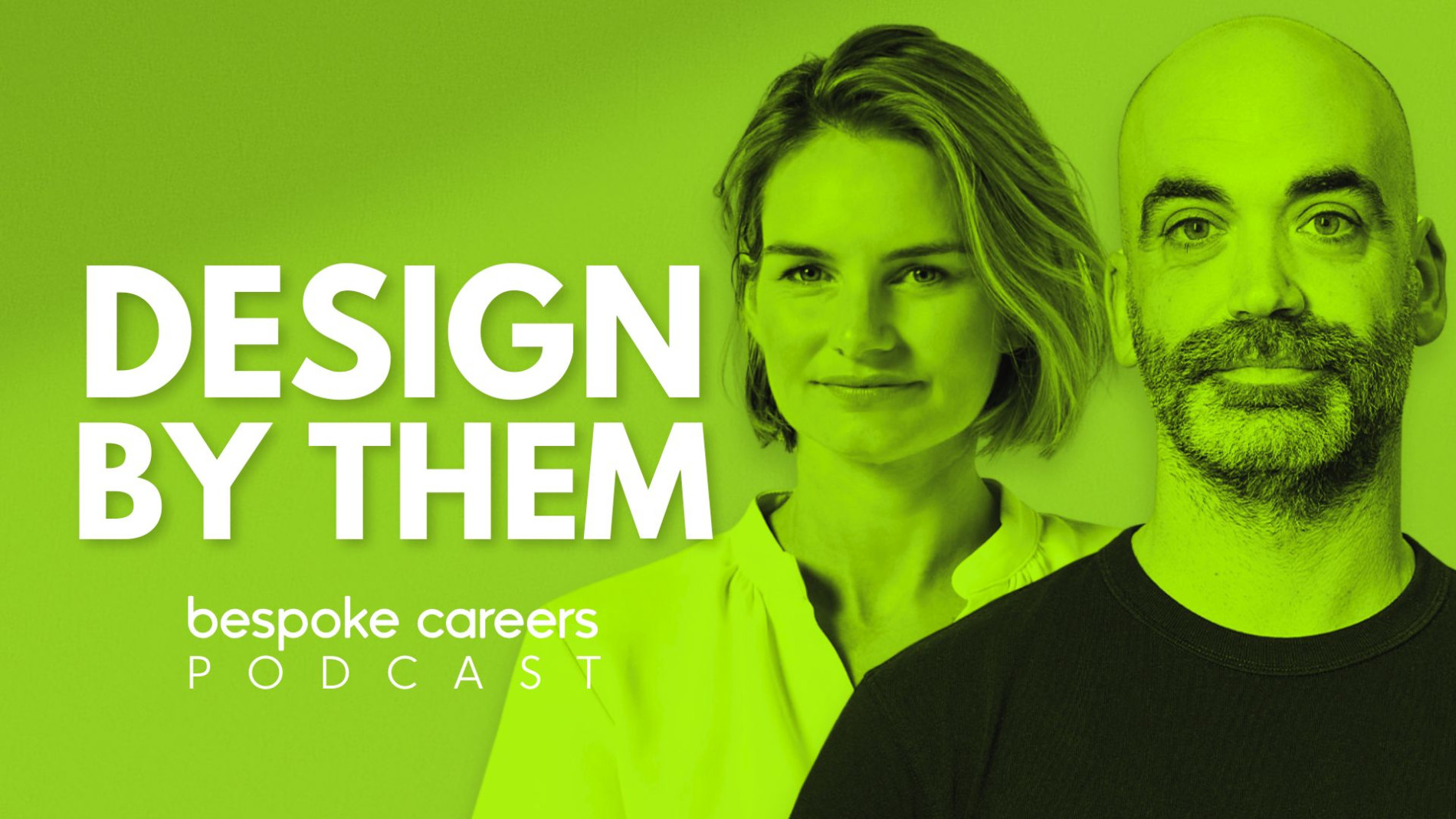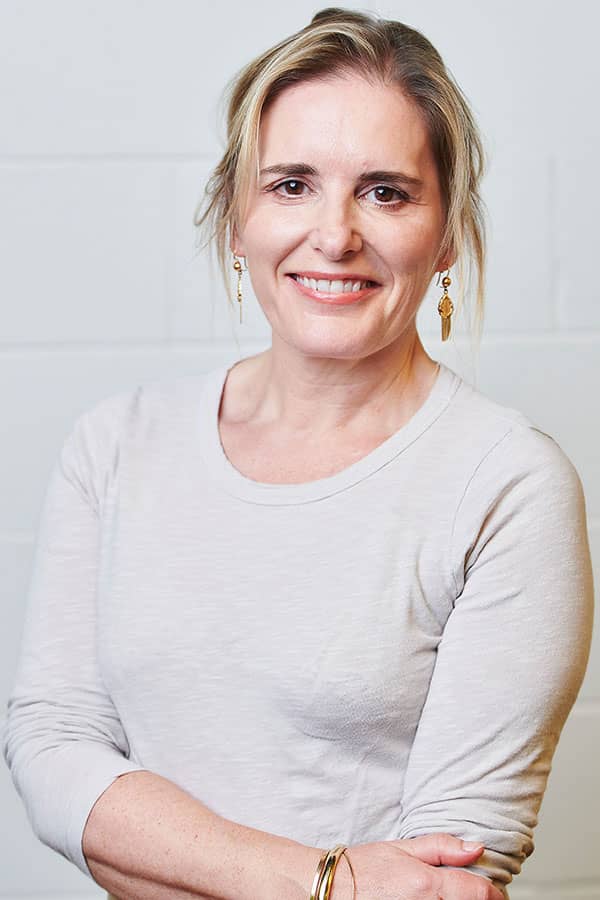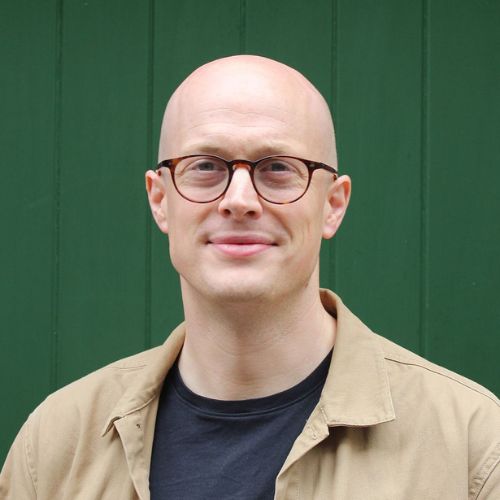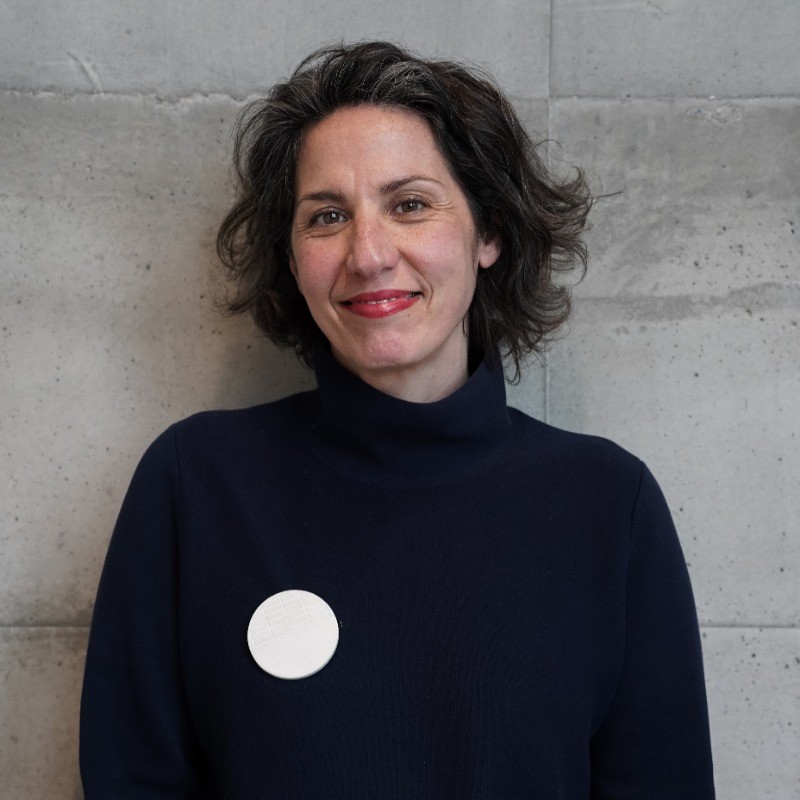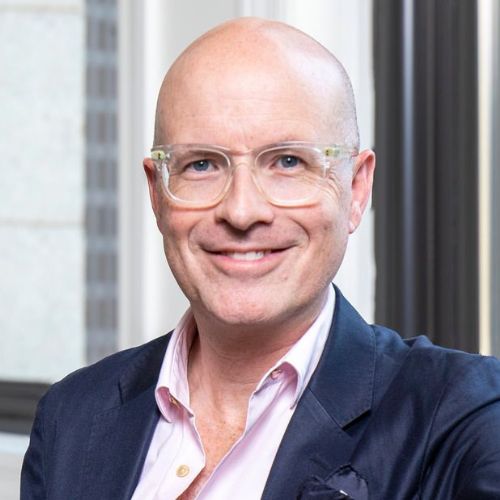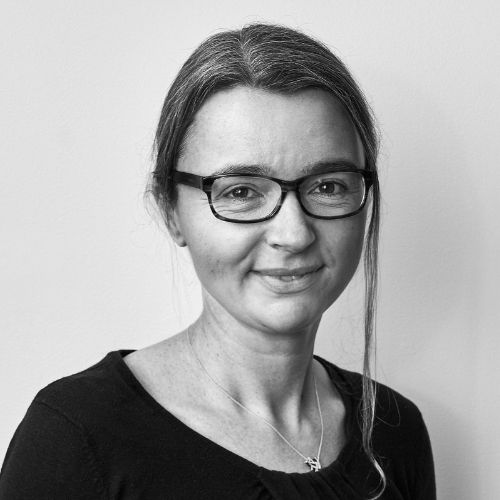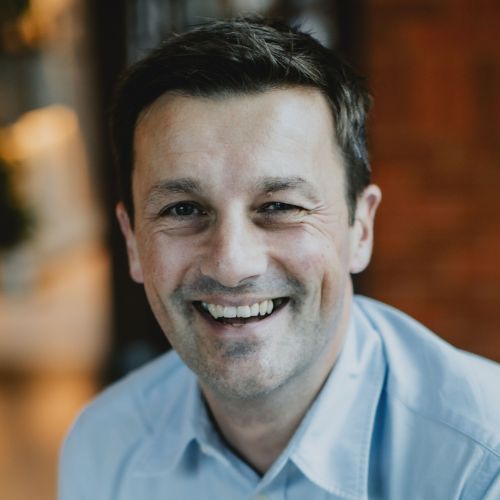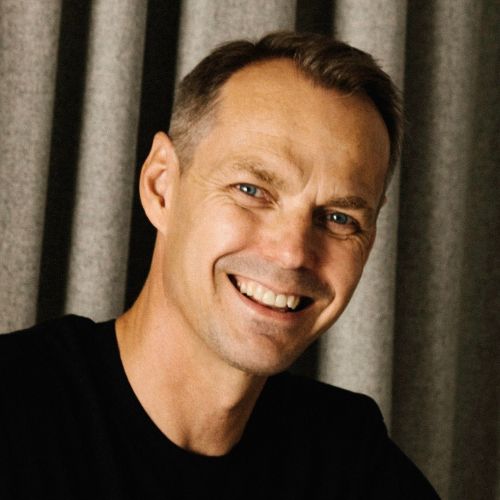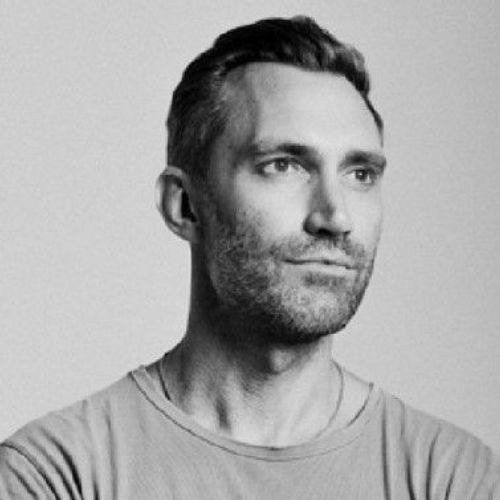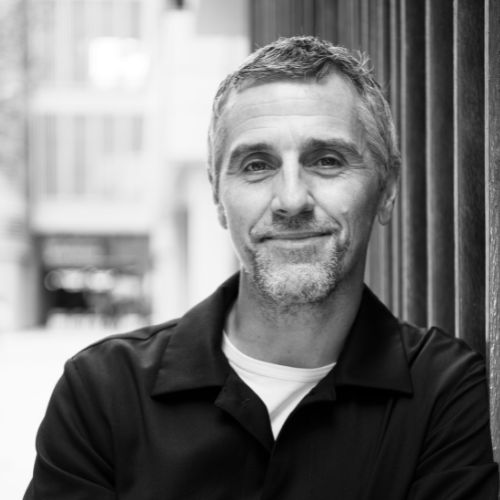
What do global design leaders think about AI and the future of the profession?
I reached out to leaders across architecture and design: principals, founders, innovators, educators, and visionaries who are actively shaping our field's future to ask them this question.
In an era shaped by AI, climate emergency, and shifting societal needs, what must the architect and designer become to remain essential?
It’s a big question – and a timely one – submitted by the brilliant David Minnis.We’ve been thinking about it a lot ourselves.
Especially after our chat with Keir Regan-Alexander in episode 2 of the Bespoke Careers podcast.
So, we took the question out into the industry. To founders, directors, technologists and teachers. Here’s what they had to say.
Keir Regan-Alexander
Director
Arka Works & OmniChat.uk
I think focusing on building up your AI skills and knowledge is one of the best ways to stand out in the 2025 workplace.
So much is happening every week in AI that it can be overwhelming. Therefore being a person who is calmly progressing, building up their abilities and not getting frazzled is still quite rare and increasingly, a standout quality.
If you want to go in this direction, you must hone your technical knowledge so that you know more on a fundamental level than your peers. Then you can learn to better understand the risks and to actually make AI useful in the practice everyday. People in this category can become new leaders in practice by sharing their progress and methods with others for the benefit of everyone.
Make sure to avoid wild and ad-hoc experimentation as this will not be well received. Instead focus on steady and competant application of methods that can gradually build real value for your practice and you will quickly become essential.
Matias del Campo
Architect
New York Institute of Technology
The architect today hovers between two registers: the operational and the philosophical. On one side, practice is reshaped by new protocols—designing with datasets, modulating material behavior through algorithmic feedback, engaging workflows where human and nonhuman intelligences co-produce spatial conditions. On the other, these methods unsettle long-held assumptions: authorship, autonomy, even the locus of design intention itself.
To remain essential may mean inhabiting this tension—moving fluidly between scripting and sensing, between fabrication and reflection. Architecture becomes both artifact and argument: a mode of thinking enacted through form, and a form that reflects shifting modes of thought. Neither fixed nor fluent—adaptive. Situated. Alive.
Jeames Hanley
Digital Technologies Lead
Buchan
The profession’s romantic attachment to the “master builder” ideal is a dangerous liability. Architects future value will no longer be in manual intuition-based form making and design, but anchored in emerging technology application to identify the best design outcome from a rules and constraints-based approach.
Learning how to leverage AI, automation and computational design to generate performance-driven, sustainable designs will help architects address the climate crisis, shifting societal and human centric needs to deliver holistic solutions that are resilient, responsive, and essential for navigating the complex challenges that lay ahead.
Misha Wynn
Project Lead
Corgan
In today’s rapidly evolving world, architects and designers must adapt to remain indispensable. We need to be thought leaders and coordinators, guiding projects with a vision that balances technological advancements and human needs.
Our role is to specialize in understanding how our decisions and designs shape the future, impacting not only practical requirements but also the emotions and well-being of communities. Architecture holds the power to transform environments, uplift moods, and influence neighborhoods profoundly.
As technology continues to progress, so do our humanistic needs and perspectives. Architects and designers are essential because we bring a humanistic viewpoint to our work, ensuring that advancements don’t overshadow the fundamental need for spaces that nurture and inspire. By embracing these challenges and opportunities, we can create environments that resonate with the human spirit, making us vital contributors to society’s progress.
Jon Arnott
Founder
adeptus.digital
As AI and automation redefine workflows, architects must harness these tools to speed up production, enhance insight, improve outcomes, and create space for deeper, human-centric creativity.
Those who design with AI won’t be replaced, those who ignore it might.
Anna Ifanti
Chief of Staff
10N
We must maintain optimism and resilience; AI is not a threat, it is a tool and must be seen as such. It is not an end all to design and it may well bring efficiencies in some instances but it can be by no means deemed to be able to solve all the complex socioeconomic problems that us as architects are often called in to analyse and respond to, through our designs. AI cannot replace critical thinking that comes from years of practice, debate and analysis through human interaction with clients, colleagues, collaborators and the world in real life.
Shifting societal needs were always a constant in the history of mankind, therefore as they continue to evolve and shape our social norms and built environment, we will need to adapt and educate ourselves to respond to them, alongside the climate urgency.
Wars and global population displacement are having an impact and need to be taken into account- having said that, what shapes us and our profession always was and will be resilience and the ability to problem solve, whilst keeping an optimistic outlook.
Joe Cliggott
Office Director
HKS
Designers and Architects have always been critical thinkers, and these shifts will only demand more on those that can think, that can draw on lived experiences and knowledge and decipher truth from fiction. The profession still requires craft and attention to detail. Ultimately, building still fulfills a basic need of shelter, and design elevates it to art.
Teresa Telander
Director of Operations
Woodhull
Never stop learning and evaluating! More than ever, we find ourselves in an environment where we must navigate a wide range of skills and considerations that are beyond formal architectural training. Bouncing ideas off peers, whether within your practice or competing practices, helps with all of this. We are part of one formal and a few informal peer groups and gain a lot from this sort of open sharing.
John Morgan
Director
Leonard Design
According to the super clever people at PwC “The AI Revolution, it’s a people thing” – it is NOT about replacing people – it IS about up-skilling your team. Architects and Designers must embrace AI .. learn new skills … and also “throw away old skills” ( which I know is very hard to do after you have invested SO much time and effort in learning ) but we need to get used to this, as this rate of change will only increase. Exciting times ahead !
Magnus Strom
Founder and Creative Director
Strom Architects
Common sense and curiosity. I see a world that is reliant on software, and AI moving in quickly. Having the common sense to see the wider issues and impact is something I see being missed time and time again. There needs to be an understanding that AI is a tool, and we need to capitalise on how we use the tools.
Successful architects’ practices will learn to navigate this. Niche and specialist firms will thrive, as will the mega practices. I think the run-of-the-mill practices doing average work in residential and educational sectors will struggle.
The niche practices will thrive because, in the high-end market, clients will value the human experience and maybe even imperfection.
The behemoths will own the tech and be able to hoover up work and churn it out efficiently.
Who knows, we are all speculating. We’ll see so much development over the next 5 to 10 years, and you need to stay curious and learn at pace.
Steven Charlton
CEO | Founder
I/O Atelier
Architects and designers must blend new tech with timeless human skills. Learn enough coding so AI can tackle the tedious work and data crunching. Use the time saved to do what only people can: dream, question, empathise.
Feed your creativity with real-life experiences music, travel, food, conversations and turn them into fresh ideas. Design for a carbon-positive, socially fair future. In essence, treat AI as a helpful apprentice while you double down on imagination, curiosity, and care.
Philip Gillard
Managing Director
Arquitectonica
The role of an architect today, as it always has been, is complex and multi faceted. It reflects a world that has greatly changed, is changing rapidly in an uncertain way, and must address the challenges of that change to create peace and unity between people and their environment.
Richard Fenne
Director
Woods Bagot
You have to adopt a strong curiosity about the world, as our ultimate role in society is to help solve the problems that our people, communities and planet face. We are creating the urban environment of the future, so we need to have a deep understanding by soaking up the social, economic and environmental issues around us. Read, listen and look – beyond design and architecture. Be inspired!


Looking to hire top talent
 or advance your career? Let's talk.
or advance your career? Let's talk.
We connect exceptional firms with talented professionals.
Let’s discuss how we can help you achieve your goals. Get in touch with the team today.
Related Posts

We’re often asked about whether it’s best to work for a large or small architecture and design firm.
For newly qualified architects or designers, your decision to work for a large or small company will be influenced by your career goals, working style, ambition and even your personality.
Tamar Warburg discusses responsibility in design, hiring, and young talent driving measurable sustainability.
Employment law updates have been making headlines, and not always for the right reasons. There’s been a wave of misinformation, with reports making the changes sound more dramatic and confusing than they really are.

